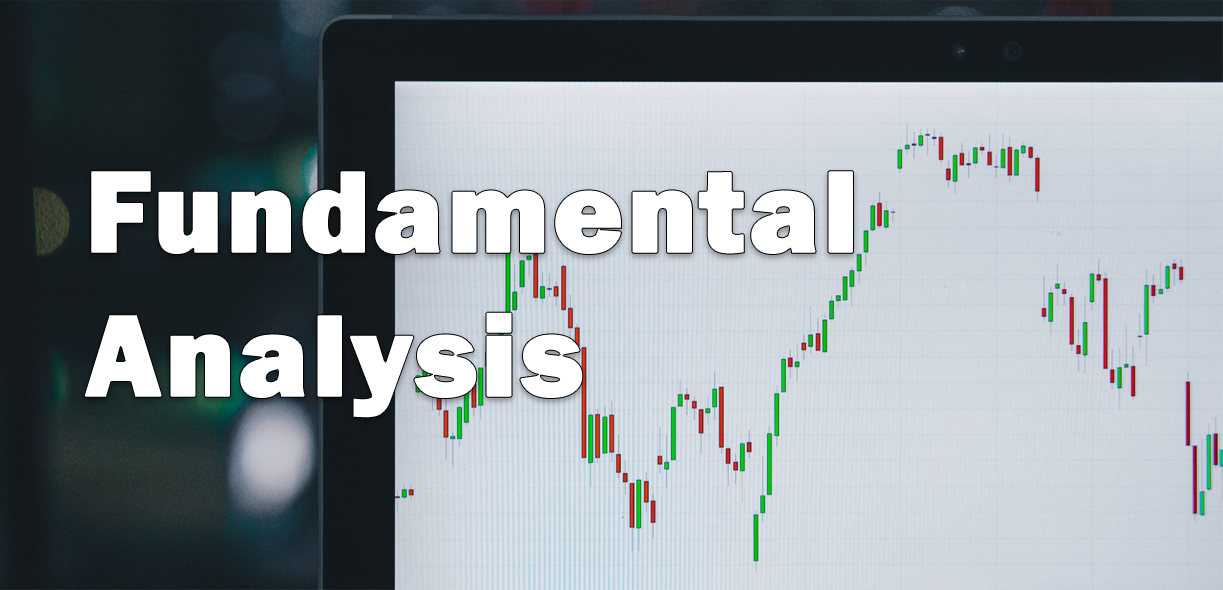This package collects fundamentals and detailed company stock data from a large group of companies (20.000+) from FinancialModelingPrep and uses Yahoo Finance to obtain stock data for any financial instrument. It allows the user to do most of the essential fundamental analysis. It also gives the possibility to quickly compare multiple companies or do a sector analysis.
To find symbols of specific sectors and/or industries have a look at my Finance Database or see a visualisation of the data on my Fundamentals Quantifier website.
Here you can find a list of the available functions within this package separated per module.
- details
available companies- shows the complete list of companies that are available for fundamental data gathering including current price, and the exchange the company is listed on. This is an extensive list with well over 20.000 companies.profile- gives information about, among other things, the industry, sector exchange and company description.quote- provides actual information about the company which is, among other things, the day high, market cap, open and close price and price-to-equity ratio.enterprise- displays stock price, number of shares, market capitalization and enterprise value over time.rating- based on specific ratios, provides information whether the company is a (strong) buy, neutral or a (strong) sell.discounted_cash_flow- calculates the discounted cash flow of a company over time including the DCF of today.earnings_calendar- displays information about earnings date of a large selection of symbols this year including the expected PE ratio.
- financial_statement
income_statement- collects a complete income statement over time. This can be either quarterly or annually.balance_sheet_statement- collects a complete balance sheet statement over time. This can be either quarterly or annually.cash_flow_statement- collects a complete cash flow statement over time. This can be either quarterly or annually.
- ratios
key_metrics- lists the key metrics (in total 57 metrics) of a company over time (annual and quarterly). This includes, among other things, Return on Equity (ROE), Working Capital, Current Ratio and Debt to Assets.financial_ratios- includes in-depth ratios (in total 57 ratios) of a company over time (annual and quarterly). This contains, among other things, Price-to-Book Ratio, Payout Ratio and Operating Cycle.financial_statement_growth- measures the growth of several financial statement items and ratios over time (annual and quarterly). These are, among other things, Revenue Growth (3, 5 and 10 years), inventory growth and operating cash flow growth (3, 5 and 10 years).
- stock_data
stock_data- collects all stock data (including Close, Adjusted Close, High, Low, Open and Volume) of the provided ticker. This can be any financial instrument.stock_data_detailed- collects an expansive amount of stock data (including Close, Adjusted Close, High, Low, Open, Volume, Unadjusted Volume, Absolute Change, Percentage Change, Volume Weighted Average Price (VWAP), Date Label and Change over Time). The data collection is limited to the companies listed in the functionavailable companies. Use thestock_datafunction for information about anything else. (ETFs, Mutual Funds, Options, Indices etc.)
pip install FundamentalAnalysis- Alternatively, download this repository.
- (within Python)
import FundamentalAnalysis as fa
To be able to use this package you need an API Key from FinancialModellingPrep. Follow the following instructions to obtain a free API Key. Note that these keys are limited to 250 requests per account. There is no time limit.
- Go to FinancialModellingPrep's API
- Under "Get your Free API Key Today!" click on "Get my API KEY here"
- Sign-up to the website and select the Free Plan
- Obtain the API Key as found here
- Start using this package.
When you run out of daily requests (250), you have to upgrade to a Premium version. Note that I am in no way affiliated with FinancialModellingPrep and never will be.
import FundamentalAnalysis as fa
ticker = "AAPL"
api_key = "YOUR API KEY HERE"
# Show the available companies
companies = fa.available_companies(api_key)
# Collect general company information
profile = fa.profile(ticker, api_key)
# Collect recent company quotes
quotes = fa.quote(ticker, api_key)
# Collect market cap and enterprise value
entreprise_value = fa.enterprise(ticker, api_key)
# Show recommendations of Analysts
ratings = fa.rating(ticker, api_key)
# Obtain DCFs over time
dcf_annually = fa.discounted_cash_flow(ticker, api_key, period="annual")
dcf_quarterly = fa.discounted_cash_flow(ticker, api_key, period="quarter")
# Collect the Balance Sheet statements
balance_sheet_annually = fa.balance_sheet_statement(ticker, api_key, period="annual")
balance_sheet_quarterly = fa.balance_sheet_statement(ticker, api_key, period="quarter")
# Collect the Income Statements
income_statement_annually = fa.income_statement(ticker, api_key, period="annual")
income_statement_quarterly = fa.income_statement(ticker, api_key, period="quarter")
# Collect the Cash Flow Statements
cash_flow_statement_annually = fa.cash_flow_statement(ticker, api_key, period="annual")
cash_flow_statement_quarterly = fa.cash_flow_statement(ticker, api_key, period="quarter")
# Show Key Metrics
key_metrics_annually = fa.key_metrics(ticker, api_key, period="annual")
key_metrics_quarterly = fa.key_metrics(ticker, api_key, period="quarter")
# Show a large set of in-depth ratios
financial_ratios_annually = fa.financial_ratios(ticker, api_key, period="annual")
financial_ratios_quarterly = fa.financial_ratios(ticker, api_key, period="quarter")
# Show the growth of the company
growth_annually = fa.financial_statement_growth(ticker, api_key, period="annual")
growth_quarterly = fa.financial_statement_growth(ticker, api_key, period="quarter")
# Download general stock data
stock_data = fa.stock_data(ticker, period="ytd", interval="1d")
# Download detailed stock data
stock_data_detailed = fa.stock_data_detailed(ticker, api_key, begin="2000-01-01", end="2020-01-01")
With this data you can do a complete analysis of the selected company, in this case Apple. However, by looping over a large selection of companies you are able to collect a bulk of data. Therefore, by entering a specific sector (for example, all tickers of the Semi-Conducter industry) you can quickly quantify the sector and look for key performers.
To find companies belonging to a specific sector or industry, please have a look at the JSON files here. Alternatively, you can have a look at the Fundamentals Quantifier, a website that I have written to visually compare any selection of companies.
I highly appreciate Pull Requests and Issues Reports as they can greatly improve the package.






